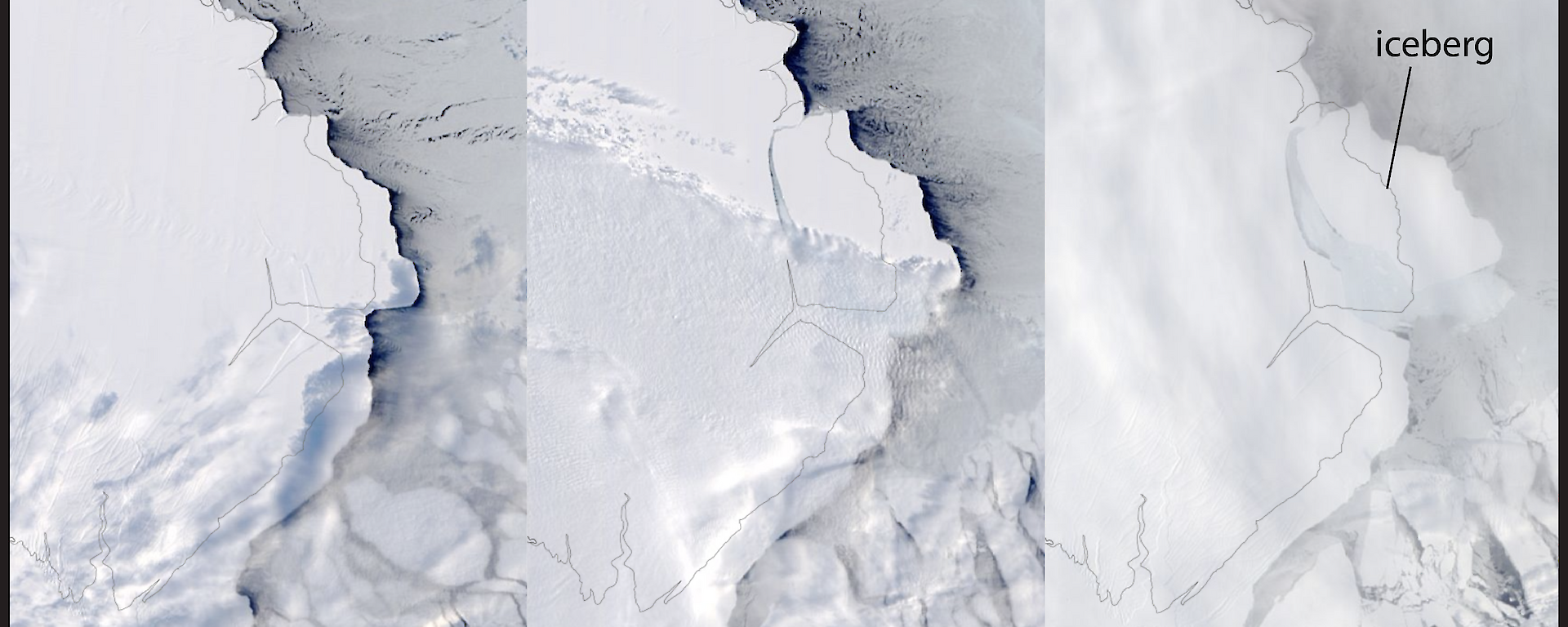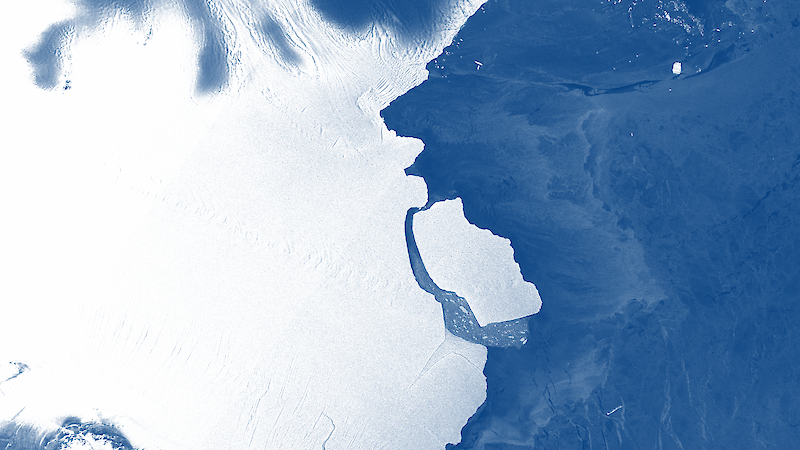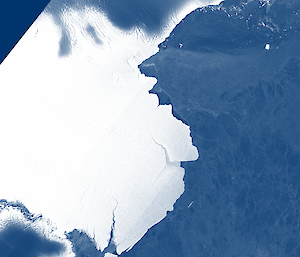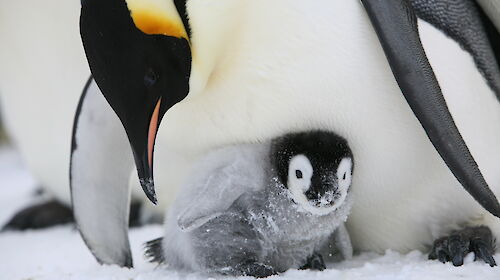A gigantic iceberg has calved from the Amery Ice Shelf in East Antarctica.
The tabular iceberg, officially named D-28, is 1636 square kilometres in size, or about 50 × 30 kilometres, about the size of urban Sydney or the Isle of Skye in Scotland.
It separated from the ice shelf last week, on the 26th of September, next to a location scientists had been watching known as the “Loose Tooth”, because it appeared to be precariously attached.
Scientists from the Australian Antarctic Program, Institute for Marine and Antarctic Studies and Scripps Institution of Oceanography had been closely monitoring the Amery loose tooth rift system for nearly 20 years.
“We first noticed a rift at the front of the ice shelf in the early 2000s and predicted a large iceberg would break off between 2010–2015,” said Scripps’ Professor Helen Amanda Fricker.
“I am excited to see this calving event after all these years. We knew it would happen eventually, but just to keep us all on our toes, it is not exactly where we expected it to be.”
The Amery Ice Shelf is the third largest in Antarctica and is located between Australia’s Davis and Mawson research stations.
The last major calving event on the Amery was in 1963–64.
“We don’t think this event is linked to climate change, it’s part of the ice shelf’s normal cycle, where we see major calving events every 60–70 years,” Professor Fricker added.
Researchers have been studying the Amery Ice Shelf since the 1960s. Currently there are instruments deployed on the ice measuring the impact of ocean melt and ice flow.
Australian Antarctic Program glaciologist, Dr Ben Galton-Fenzi, said they picked up last week’s calving through satellite imagery.
“The calving will not directly affect sea level, because the ice shelf was already floating, much like an ice cube in a glass of water,” Dr Galton-Fenzi said.
“But what will be interesting to see is how the loss of this ice will influence the ocean melting under the remaining ice shelf and the speed at which the ice flows off the continent.”





